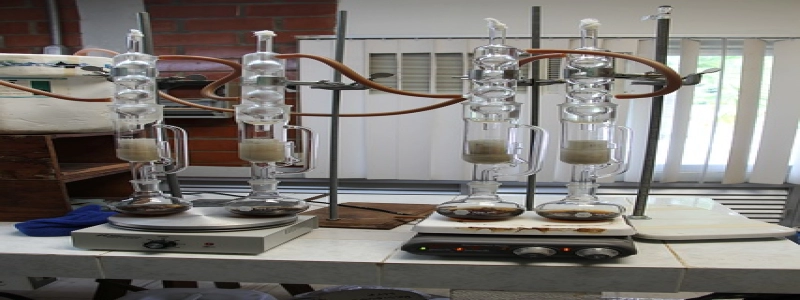Wavelength in Longitudinal Wave
Introduction:
Longitudinal waves are a type of wave in which the particles of the medium through which the wave is traveling move in a parallel direction to the wave. One important characteristic of longitudinal waves is the wavelength, which is the distance between two consecutive points in the wave that are in the same phase. In this article, we will explore the concept of wavelength in longitudinal waves in detail.
I. Definition of Wavelength:
The wavelength is an essential property of any type of wave, including longitudinal waves. It is defined as the distance between two successive points in a wave that are in the same phase. In longitudinal waves, these points are often the compressions or rarefactions. The wavelength is usually represented by the Greek letter lambda (λ) and is measured in meters (m) or any other unit of length.
II. Relationship between Wavelength and Frequency:
In longitudinal waves, the wavelength and frequency are inversely proportional to each other. This means that as the wavelength increases, the frequency decreases, and vice versa. This relationship can be expressed mathematically using the formula: v = fλ, where v is the velocity of the wave, f is the frequency, and λ is the wavelength.
III. Determining Wavelength in Longitudinal Waves:
There are several methods to determine the wavelength in a longitudinal wave. One common method is to measure the distance between two consecutive compressions or rarefactions and divide it by the number of wavelengths present in that distance. This will give the average value of the wavelength.
IV. Applications of Wavelength in Longitudinal Waves:
The concept of wavelength is crucial in various fields where longitudinal waves are involved. For example, in the field of ultrasonography, doctors use the wavelength of ultrasound waves to determine the size and location of internal organs. Similarly, in the study of seismic waves, geologists use the wavelength to calculate the magnitude and epicenter of earthquakes. Understanding the wavelength in longitudinal waves is, therefore, essential in several practical applications.
V. Conclusion:
In conclusion, wavelength plays a significant role in longitudinal waves. It is the distance between two consecutive points in the wave that are in the same phase. The wavelength and frequency are inversely proportional to each other in longitudinal waves. Various methods can be employed to determine the wavelength of a longitudinal wave. The understanding of wavelength is critical in practical applications such as ultrasonography and seismic wave analysis. By studying the wavelength in longitudinal waves, researchers and scientists can gain a deeper understanding of these waves and their applications in various fields.








